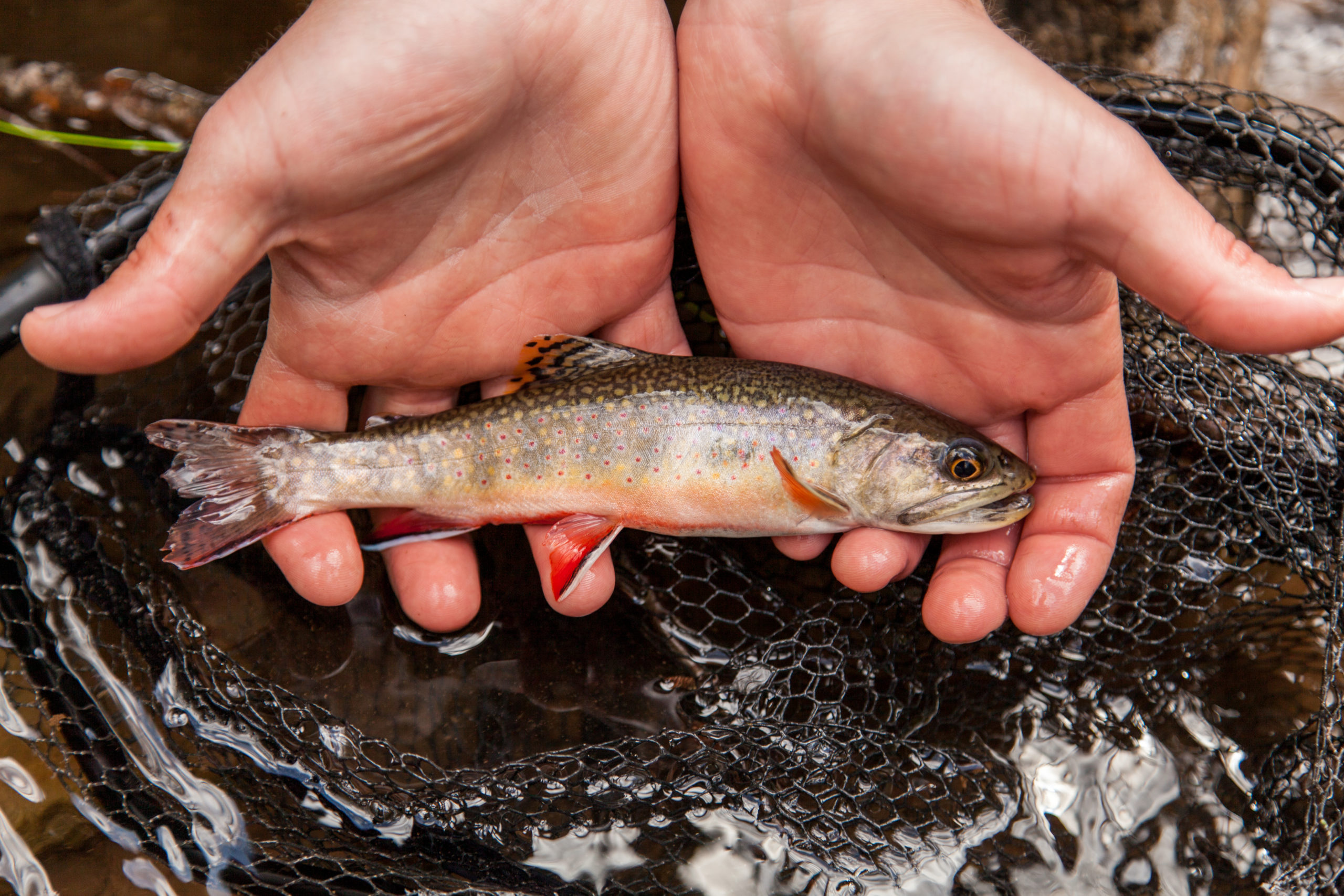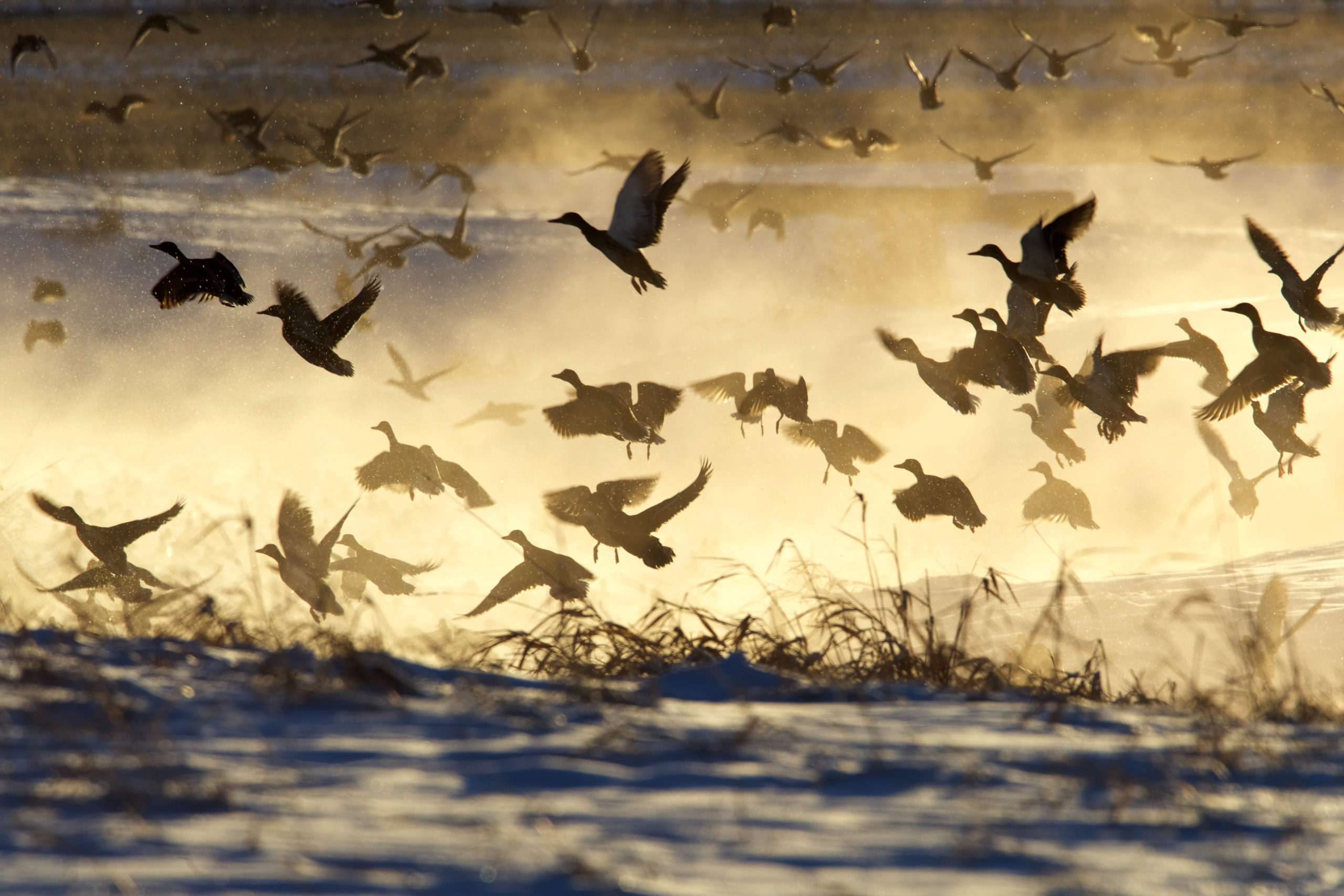Conservationists for Climate Solutions
We are 41 hunting, fishing, outdoor recreation, landowner, and conservation groups aligned to advance climate solutions for #OurLandWaterWildlife
Our Coalition
Our organizations represent millions of hunters, anglers, outdoor enthusiasts, scientists, and land stewards who fuel a powerful economic engine and have helped to make the United States the world leader in conservation. Now, we are working together to urge Congress to pass meaningful bipartisan legislation that addresses the impacts of climate change.
Download Our Joint StatementRECENT NEWS
All News
Nature-Based Solutions Use the Power of Habitat to Combat Climate Change
Climate change is already affecting our lands, waters, and wildlife, but healthy habitat can help to slow and reverse these effects. Learn more and see where nature-based solutions have been successful.
Read MoreRECENT NEWS
All News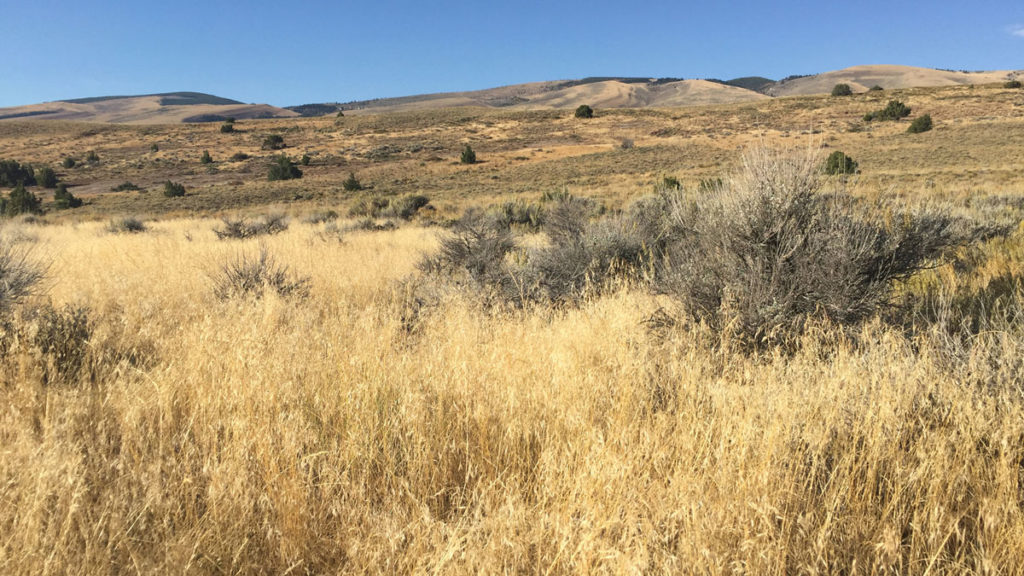
Where Communities Can Find Climate Project Funding
Explore this interactive database of funding opportunities for communities interested in implementing nature-based solutions to climate change.
Read More


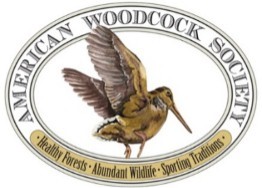



































“We think it’s important to advocate for climate solutions because hunters and anglers represent the pragmatic middle of the political spectrum, and we’re the first to see the impacts of climate change on fish and wildlife habitat.”
Whit Fosburgh, president and CEO of the Theodore Roosevelt Conservation PartnershipWe’re excited to work together with these partners to address climate impacts, which could close hunting seasons, deepen existing strongholds of wildlife disease, and drain the conservation funding coffers.
Nick Pinizzotto, president and CEO, National Deer Alliance and QDMAWithout policy that advances climate solutions, we face impacts across the landscape. Click a photo to read about the potential effects.
As a solutions-oriented coalition, here are our areas of focus
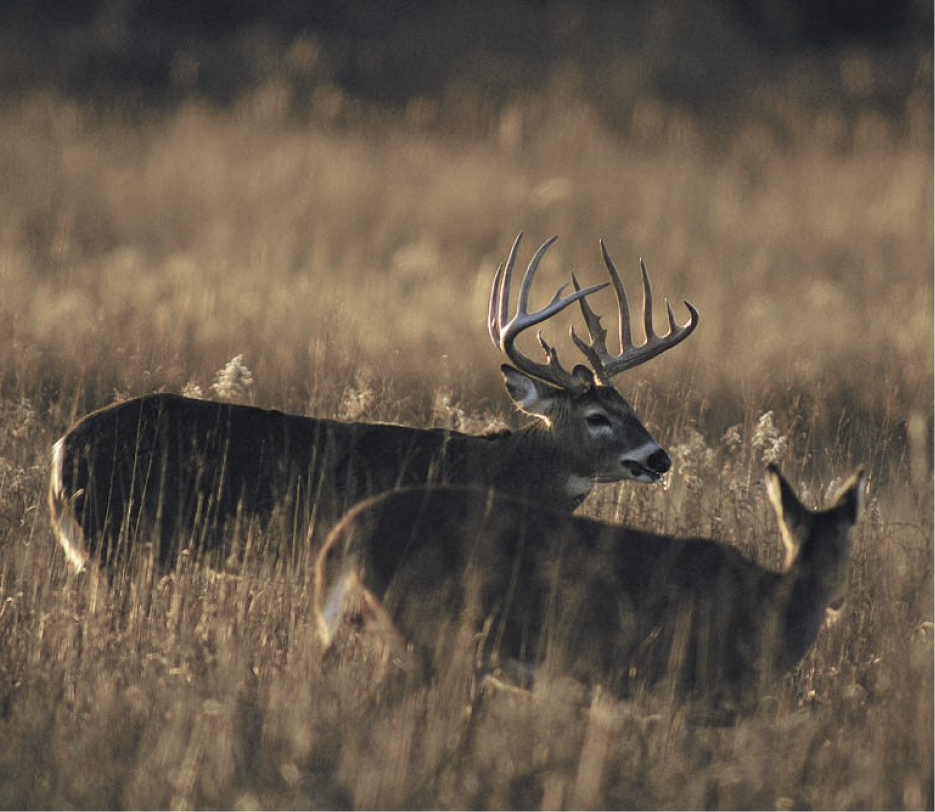
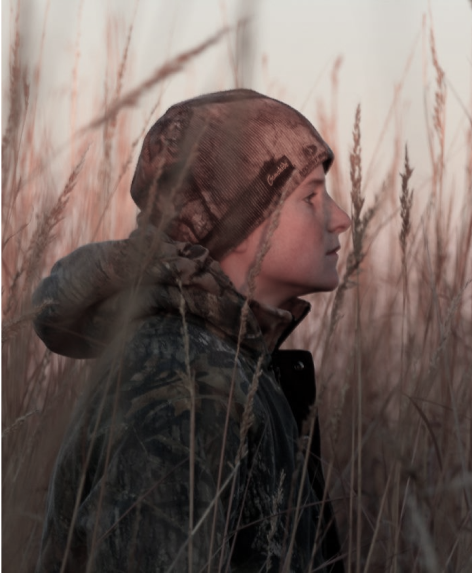
Agriculture
Farmers and ranchers contribute significantly to carbon sequestration efforts through the management and preservation of grasslands, wetlands, and forests. The role private landowners play in carbon sequestration must be sustained and enhanced by providing incentives for conservation.


Forests, Rangelands, Grasslands
There is no one-size-fits-all forest management strategy. We need targeted approaches that support sustainable management of working forests, emphasize reforestation, steward late successional forests, restore and conserve rangelands and grasslands, enhance markets for forest products, and provide incentives for building with materials that store carbon. Forests, rangelands, and grasslands store large volumes of carbon and they are a critical part of the solution.


Oceans
Healthy oceans depend on solutions for reducing greenhouse gas emissions, ocean warming, and acidification. We need more research to help fisheries managers account for changes in migration patterns and habitat as well as investments to ensure that coral and other marine ecosystems can adapt.


Rivers, Lakes, Streams
Policies emphasizing water conservation, nutrient reductions, riparian zone restoration, stream connectivity, floodplain health, and collaborative community-based restoration efforts will be critical to addressing shifting precipitation patterns.


Wetlands
Functioning wetlands provide critical habitat, reduce erosion, improve water quality, sequester carbon, and make coastal communities more resilient to sea-level rise, storm surges, floods, and droughts. We need to reverse the trend of losing inland and coastal wetlands year after year and restore lost wetlands to help meet the nation’s goals for flood control, clean water, and carbon reduction.


Coastal Resiliency
Nature-based coastal infrastructure—including wetlands, barrier islands, mangroves, and oyster reefs—can significantly reduce storm surges and flood damage. The conservation and restoration of habitats can help save lives and coastal communities, while providing healthier fisheries and cleaner water.


Adaptation
Humans, fish, and wildlife are being forced to adapt to our changing climate. That’s why we must invest in policies and projects that allow our communities and fish and wildlife to adapt. This includes improving fish passages, maintaining stream flows, and conserving migration corridors and stopover habitats for big game, waterfowl, fish, and many other species.

